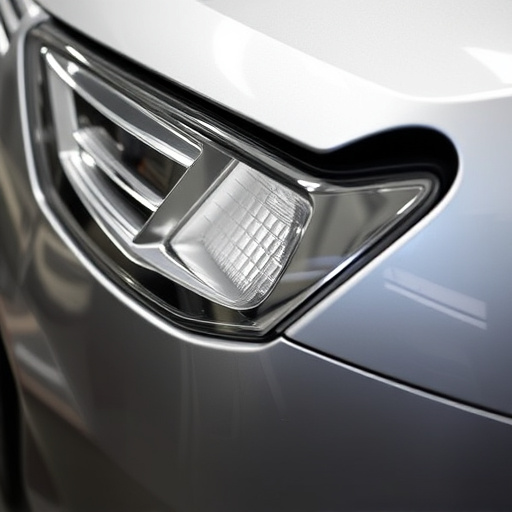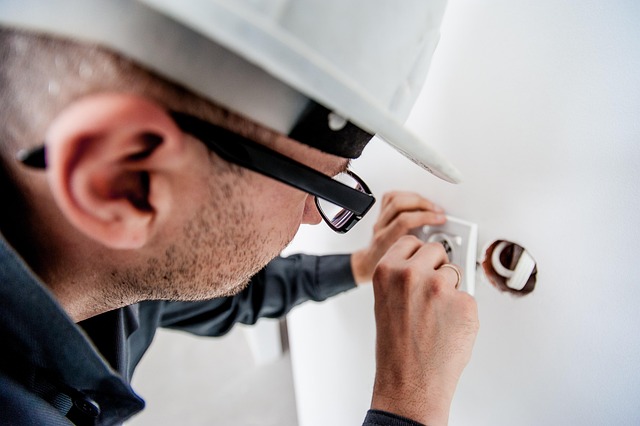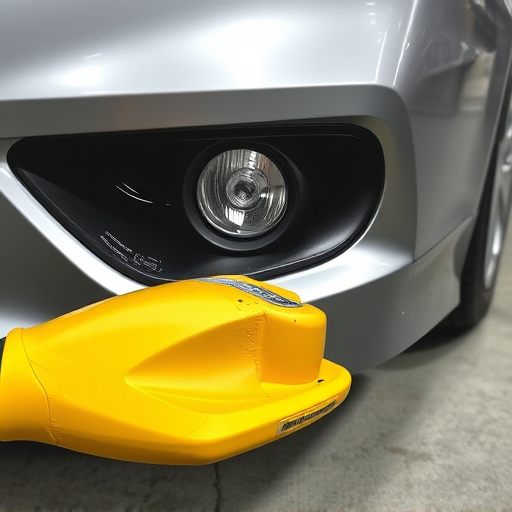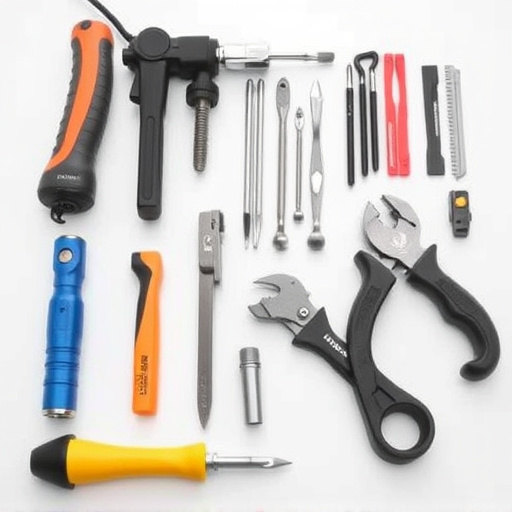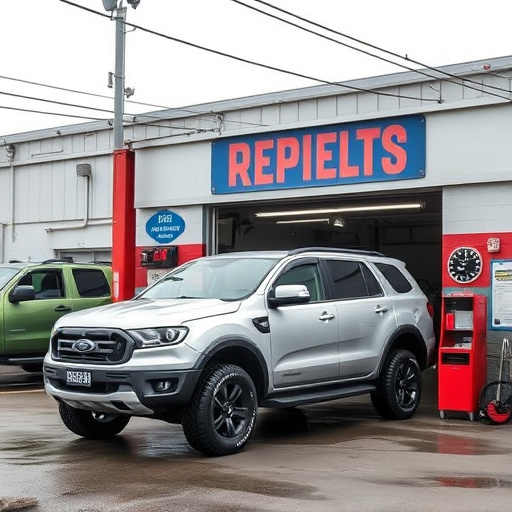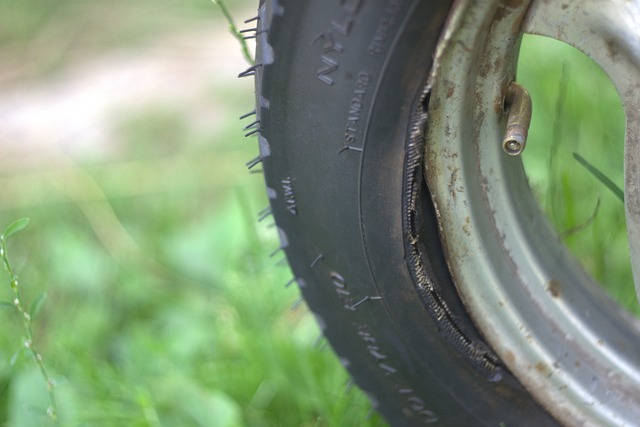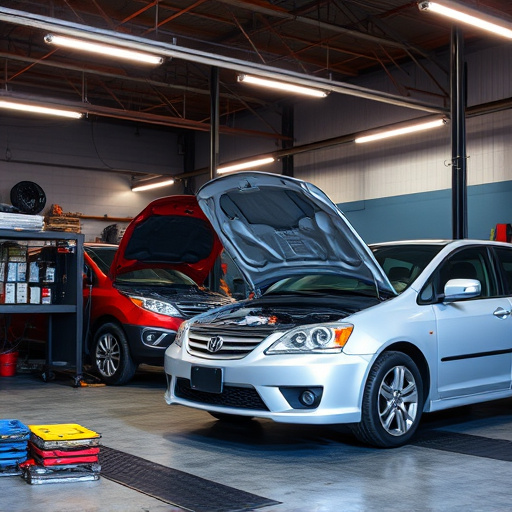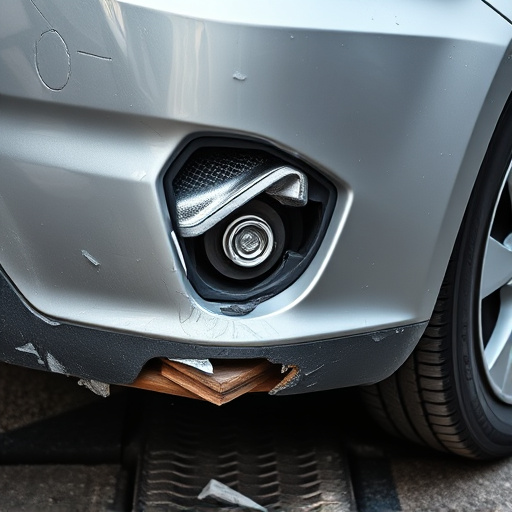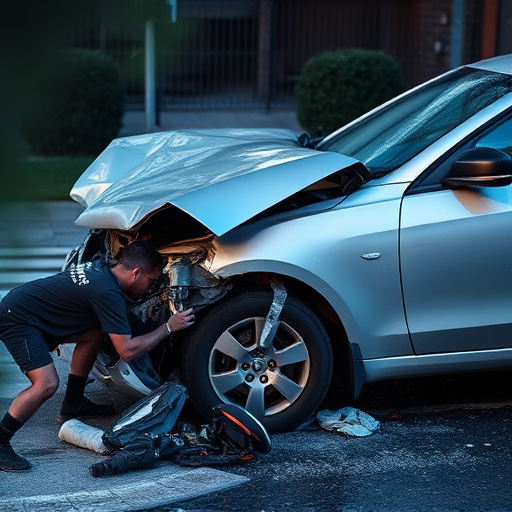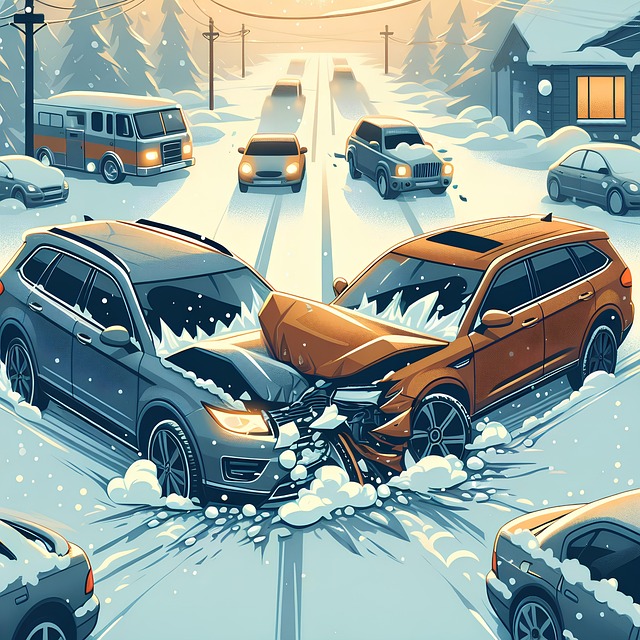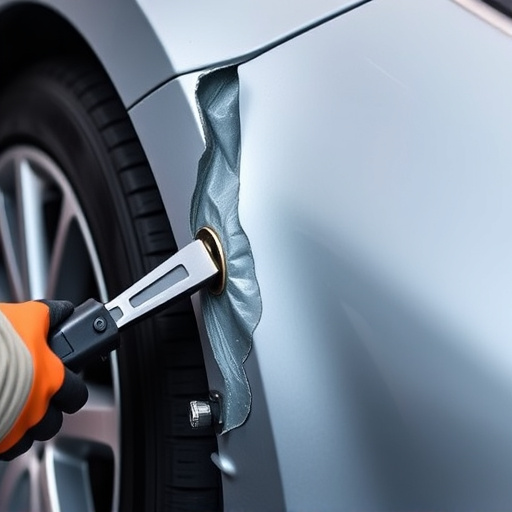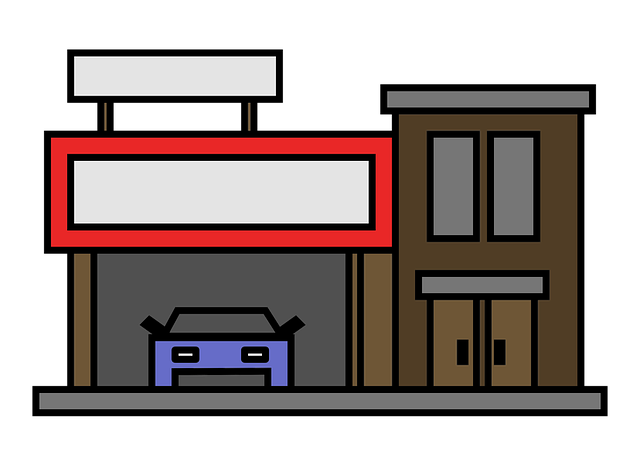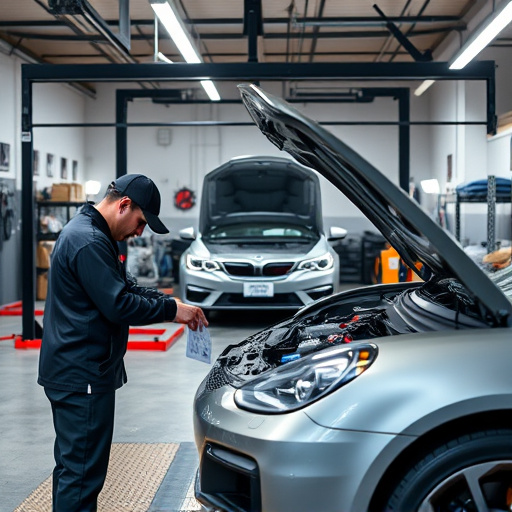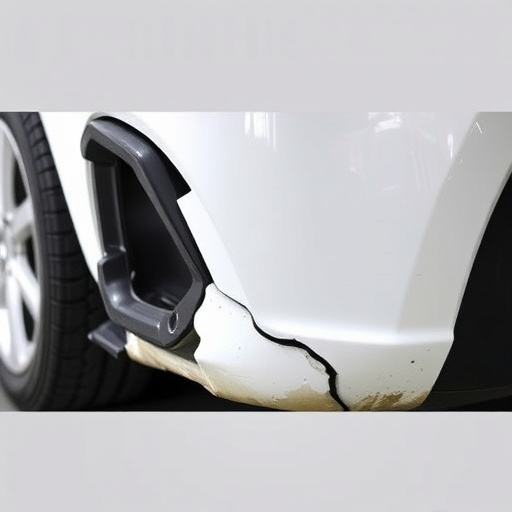After severe storms, storm damage collision repair experts assess vehicle damage, using advanced technology and manual techniques for precise restoration. Businesses providing this service must ensure their facilities and equipment are safe before resuming operations, prioritizing customer and staff safety throughout the restoration process.
In the aftermath of severe storms, many businesses face the challenge of handling increased demand for storm damage collision repairs. This article explores how shops navigate this complex landscape. We’ll delve into the crucial initial step of assessing storm damage, the techniques and tools employed to restore vehicles, and essential post-repair procedures that guarantee safety. Understanding these processes is vital for both businesses and customers navigating storm damage collision repair.
- Assessing Storm Damage: The Initial Step
- Restoring Vehicles: Techniques and Tools
- Ensuring Safety: Post-Repair Procedures
Assessing Storm Damage: The Initial Step
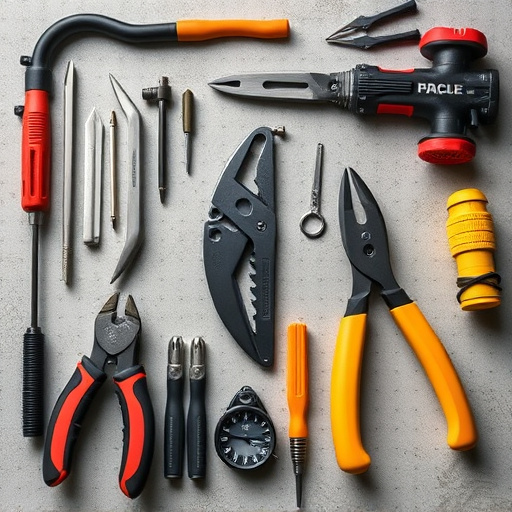
When a severe storm hits, shops specializing in storm damage collision repairs face an immediate challenge: assessing the extent of the damage. The initial step is crucial—it involves meticulously inspecting each vehicle to identify not just visible impacts but also potential hidden damage that could have been caused by flying debris or strong winds. This comprehensive evaluation includes checking for dents, cracks, and other signs of structural compromise in both the exterior and interior of the cars.
Skilled technicians use specialized tools and expertise to determine if a car body restoration is feasible or if it’s more cost-effective to replace specific parts. This careful analysis not only ensures that repairs are done correctly but also minimizes costs for customers undergoing automotive collision repair after such disasters.
Restoring Vehicles: Techniques and Tools
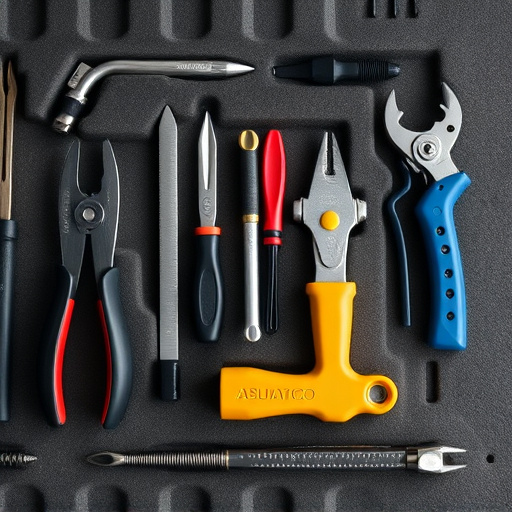
When a severe storm causes vehicle damage, efficient restoration is paramount for both businesses and customers. Automotive body shops utilize specialized tools and advanced techniques to fix collision damage repair, ensuring vehicles return to their pre-incident condition. From computer-aided design (CAD) systems for precise measurements to robotic welding for consistent, high-quality joins, modern auto collision centers employ cutting-edge technology.
Additionally, skilled technicians apply manual methods, including hand chiseling and sanding, for intricate detail work. They carefully repair dents, scratches, and cracked parts, often using eco-friendly paints and finishes that match the vehicle’s original specifications. This meticulous process involves careful planning and execution to preserve the car’s structural integrity and aesthetic appeal, ultimately preparing it for safe return to its owner on the road.
Ensuring Safety: Post-Repair Procedures
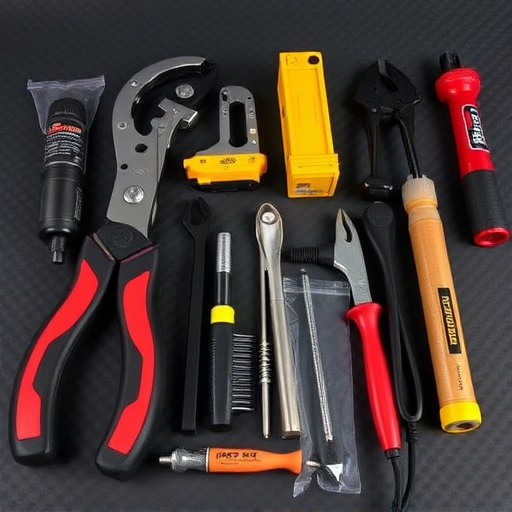
After a severe storm, many businesses, particularly those offering storm damage collision repair services, play a crucial role in ensuring the safety and swift restoration of damaged vehicles. Following any major weather event, the first priority for shops is to assess their own facilities to guarantee they are secure and fit to operate. This involves inspecting for structural integrity, addressing any leaks or water damage, and making necessary repairs to ensure a safe working environment.
Shops providing mercedes benz repair or specializing in automotive restoration services must also conduct thorough checks on their equipment and tools. All machinery and tools used in the storm damage collision repair process should be inspected for functionality and any potential hazards addressed. This meticulous procedure is essential to maintaining high standards of safety, especially when dealing with complex repairs, ensuring that both customers and staff are protected throughout the restoration process.
After assessing storm damage, implementing effective restoration techniques using specialized tools, and ensuring safety through stringent post-repair procedures, shops play a vital role in facilitating swift and secure storm damage collision repairs. By adopting these practices, they not only restore vehicles to their pre-damage condition but also contribute to the overall resilience of communities affected by severe storms.
